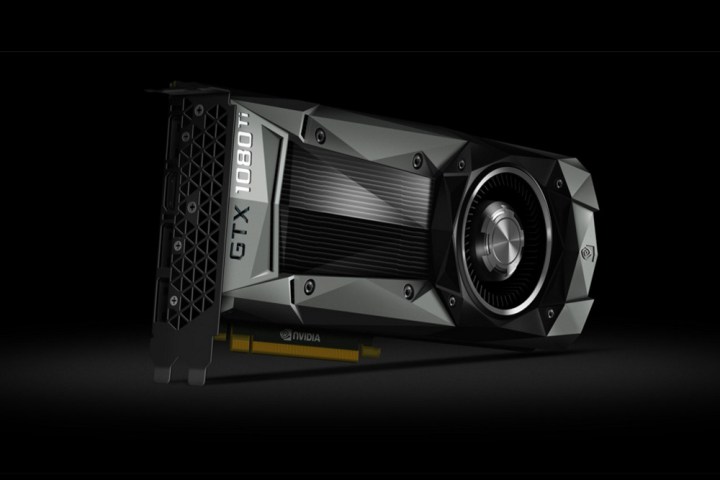
Much as AMD’s Ryzen CPUs have the potential to force Intel to innovate and be a bit more consumer friendly with its pricing, many hope that AMD’s upcoming Vega GPU can do the same for Nvidia. However until that happens in the second quarter of this year, Nvidia is the king of the hill once again, and even if it hasn’t innovated much with the 1080 Ti, it’s still the biggest and baddest card out there.
The GTX 1080 Ti comes in with similar specifications to the Pascal Titan X, with slightly less memory (11GB of GDDR5X vs 12GB) but higher clock speeds. That means that it’s able to achieve a few extra points and frames per second in most benchmarks, especially at higher resolutions. It makes a bigger leapfrog over the slightly more mainstream GTX 1080, but though ArsTechnica is happy to recommend it for that fact, it’s not sure if the price hike is worth it.
“The GTX 1080 Ti is good value when compared to a Titan X, but its performance increase over the GTX 1080 (30 percent) doesn’t quite match the price increase (40 percent),” reviewer Mark Walton said.
Part of that improvement comes from the GTX 1080 Ti using second-generation GDDR5X memory, which Anandtech goes into more detail on. This is part of why it’s happy to claim that, “NVIDIA is finally reaching the point where they can offer no-compromises 4K gaming,” which is a sentiment echoed by a number of reviewers.
The GTX 1080 Ti can do 4K, with everything on Ultra, with just about every game.
Eurogamer said much the same in its review of the new card, though also paid special attention to its redesigned cooler. While the GTX 1080 Ti will launch in the typical Nvidia “Founder’s Edition,” it has seen some redesign.
“[The] redesigned cooling set-up […] sees airflow improve by 2x compared to the Titan.” It goes on to say that, “The new cooling arrangement certainly pays off, with 1080 Ti able to stay cooler under load, significantly so when pushing beyond factory clocks.”
When it comes to overclocking, KitGuru was able to add an extra 150Mhz to the core and 200Mhz (effective) to the memory, while Trusted Reviews was able to hit close to 2GHz for some stable benchmark loops. It did however highlight that it draws more than 70w more power than the GTX 1080, and so it warned that, “This could be all the difference for those with builds that have 500W power supplies.”
Others however, ignored such problems, suggesting that anyone spending $700-plus on a graphics card isn’t going to be concerned by the constraints of a 500w PSU. PC Gamer’s coverage laments the fact that you can buy an entirely reasonable, budget gaming system for under $700, but suggests that “If you’re a computing/gaming enthusiast with deep pockets, the GTX 1080 Ti is now the card to get.”
But that’s only for now. Alongside the sentiment that the GTX 1080 Ti is now the card to beat when it comes to top-tier performance, most sites seemed to agree that a strong showing from AMD later this year could quickly change that. As Tom’s Hardware puts it at the end of its glowing review of the new Nvidia card, “It’s hard for us to imagine a scenario where Radeon RX Vega delivers notably better performance per dollar than what we just tested. But we invite AMD to prove us wrong. Really. AMD, please.”
The Nvidia GTX 1080 Ti launches on March 10, with the $700 Founder’s Edition version. Expect third-party partner versions of the card to show up in the coming weeks.



